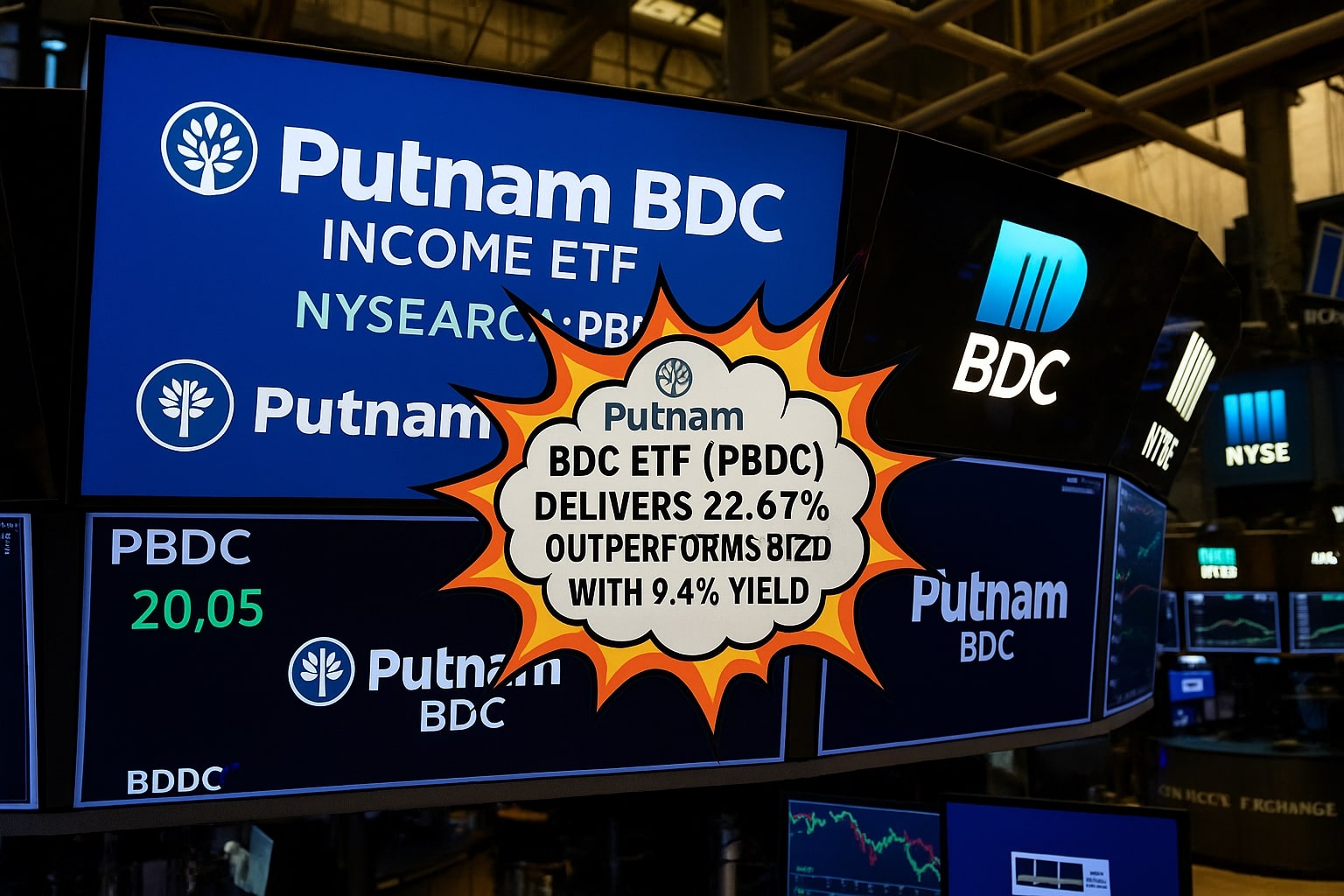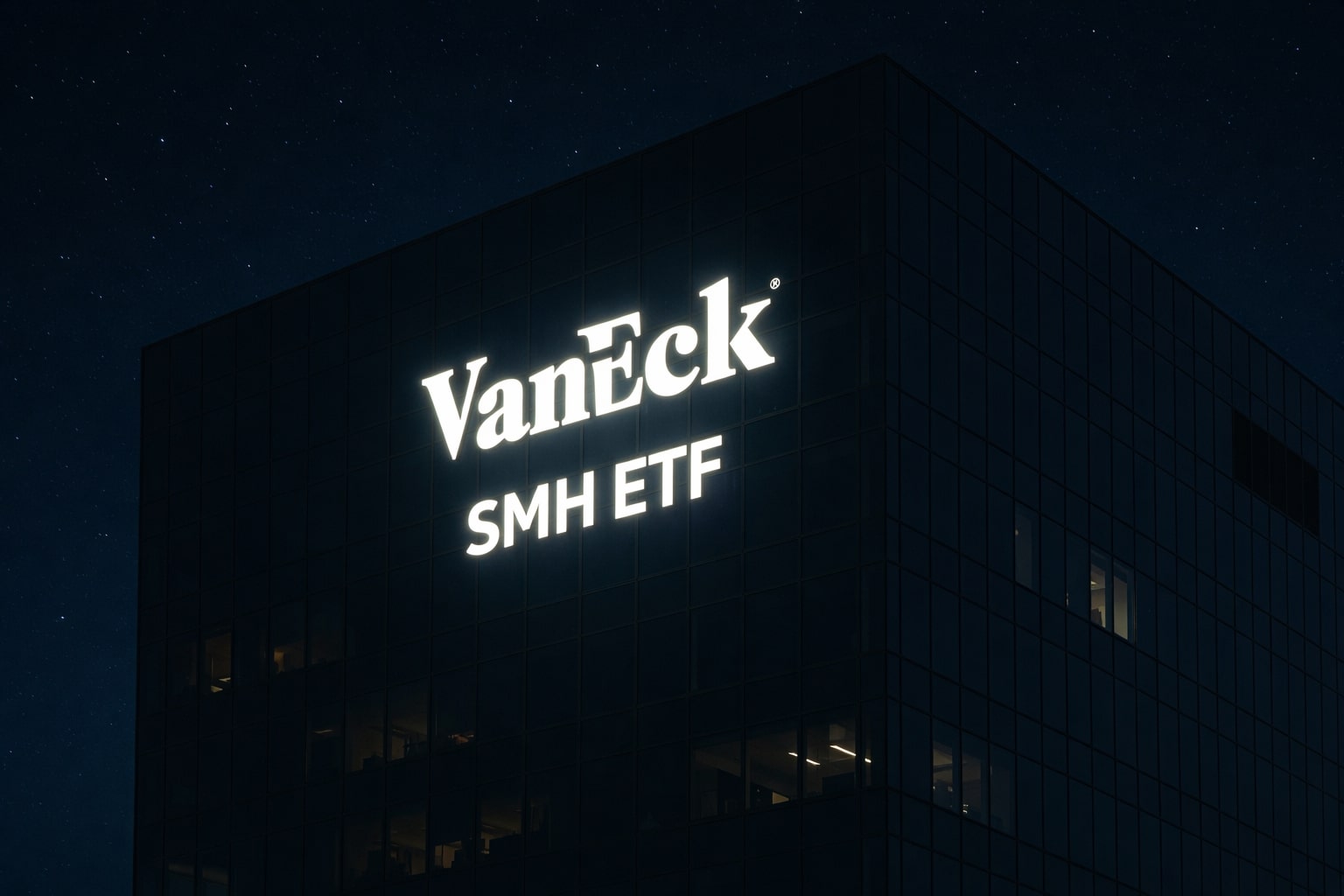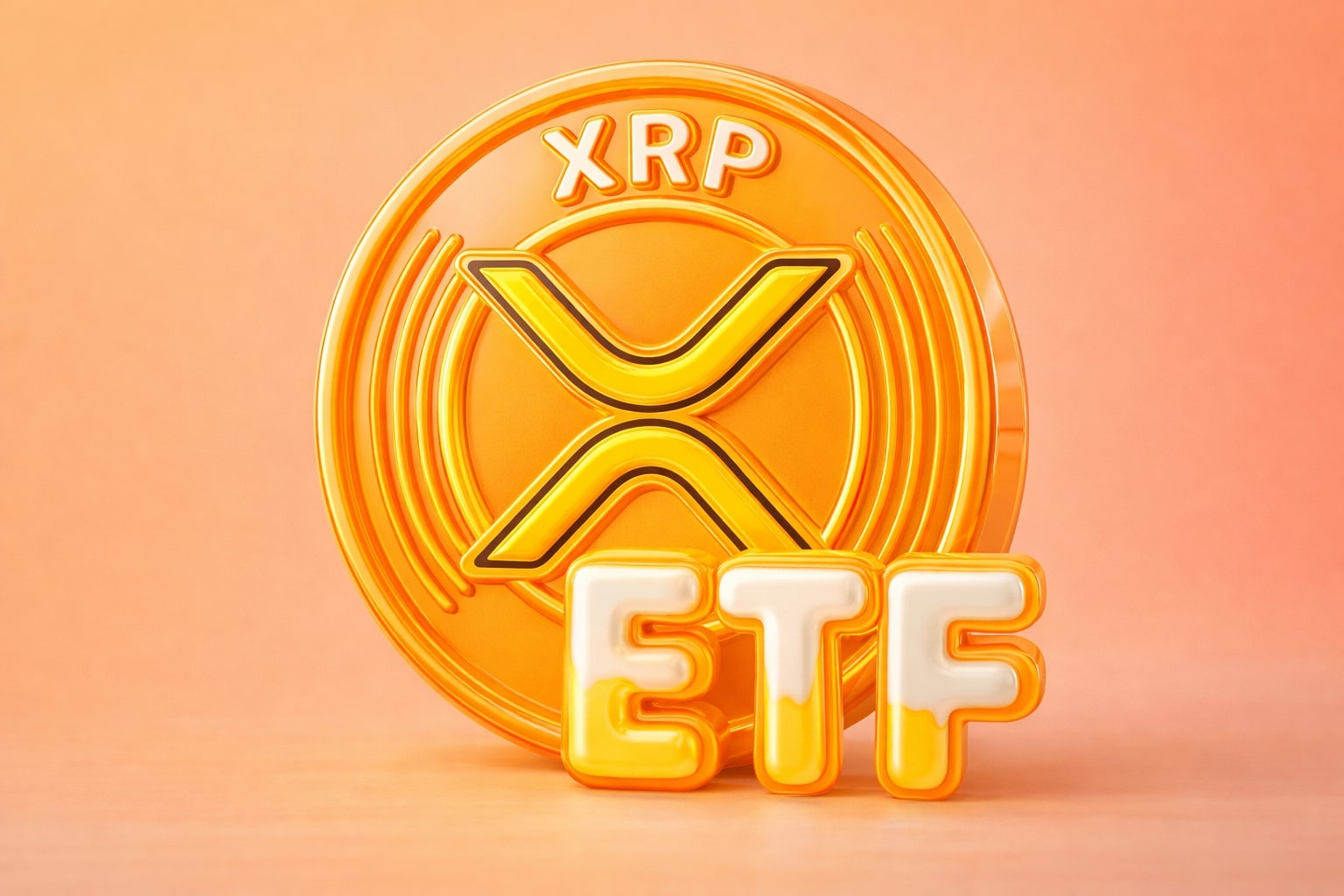
PBDC ETF Outpaces BIZD with 22.67% Return and 9.4% Yield Advantage
Active management in NYSEARCA:PBDC delivers superior BDC exposure, strategic diversification, and stronger NAV growth than passive alternatives | That's TradingNEWS
PBDC ETF Outpaces Its Rivals Through Active Selection and Strategic Concentration
High-Yield BDC Exposure Through Active Precision
The NYSEARCA:PBDC ETF continues to prove the effectiveness of active management in a sector where yield, liquidity, and selective positioning dictate outcomes. Offering a compelling 9.4% yield, PBDC targets U.S. business development companies (BDCs) with a calculated mix of income potential and risk containment. The fund's current net assets stand near $231 million, a fraction of the size of its passive peer BIZD, yet it has leveraged this compact footprint to outperform by over 11% since inception.
Concentrated Bets, Differentiated Results
Unlike the broader scope of VanEck's BIZD, which weights Ares Capital (ARCC) at 18.1%, Blue Owl Capital (OBDC) at 11.0%, and Blackstone Secured Lending Fund (BXSL) at 9.2%, PBDC distributes its exposure more deliberately. Ares Capital represents only 9.6% of the portfolio. Blue Owl Capital holds an 11.2% weight, the highest within PBDC, owing to its conservative, Senior Secured orientation and strong dividend track record. Main Street Capital (MAIN) and Golub Capital (GBDC) also hold sizable allocations. The top three BDCs in PBDC make up 30.4% of the portfolio, while the same tier in BIZD accounts for a much denser 38.2%.
This relative deconcentration reflects Putnam's intention to buffer volatility while leaning into names with superior credit profiles. Notably, PBDC actively omits BDCs such as Prospect Capital (PSEC) and Oaktree Specialty Lending (OCSL), focusing instead on smaller, less liquid, but fundamentally strong BDCs like Runway Growth Finance (RWAY) and SuRo Capital (SSSS), which passive structures often exclude.
Expense Ratio Justified by Outperformance
Despite charging a higher 0.75% expense ratio, PBDC has outperformed BIZD in multiple timeframes. Year-to-date, the margin stands at 80 basis points. Since April 14, 2025, PBDC has pulled ahead by 160 basis points in total return, riding a wave of performance strength during the BDC sector’s rebound from tariff-related volatility. Share price has appreciated by 10.9%, while total return reached 13.5% in recent months. Since inception, PBDC has posted a 22.67% return versus BIZD’s 7.89%, underscoring the reward of Putnam's tactical allocation and security selection.
Market Backdrop: Elevated Rates Bolster Cash Flows
The fund’s success isn't occurring in isolation. BDCs broadly benefit from the Federal Reserve's prolonged high-rate policy. With benchmark borrowing rates staying elevated, floating-rate loan portfolios have generated robust income streams. BDCs pass through most of their earnings to shareholders, making them high-yield instruments. PBDC's active managers have exploited this rate environment, boosting yield while sidestepping weak lenders more exposed to default risk or declining net investment income.
Net Asset Growth and Fund Flows Show Institutional Confidence
The smaller size of PBDC has proven a structural advantage. Without the liquidity constraints of larger funds like BIZD, Putnam has maneuvered into underappreciated BDCs with better credit visibility. This has supported NAV growth and helped PBDC consistently attract fresh capital. Fund flows show a steady rise in assets, reflecting long-term investor confidence in the strategy and sector. As middle-market financing demand grows and traditional banks retreat, BDCs continue to gain structural relevance.
Sector Risks Exist But Appear Priced In
Despite strong fundamentals, BDCs are not risk-free. A downturn in the macroeconomy, rising loan defaults, or a sudden drop in interest rates could pressure income levels. Fitch and other research firms warn of headwinds including tariffs and tighter lending conditions. Yet, PBDC's exclusion of weaker BDCs and its preference for stable income names with strong underwriting standards reduces exposure to downside volatility.
Performance Comparison Makes the Case for Active BDC Strategy
When compared head-to-head, PBDC continues to outperform BIZD not just on performance, but also on structural resilience. The ETF doesn’t just mirror the sector; it curates the strongest within it. While BIZD offers broader exposure, it also includes BDCs that dilute performance. PBDC’s return differential since inception – 22.67% vs. 7.89% – highlights that active selection in the BDC space is far from redundant.
Verdict: Active Management Justifies the Premium, Rating: Buy
The consistent outperformance, strategic allocation, lower concentration risk, and sharp avoidance of underperforming BDCs make NYSEARCA:PBDC a compelling long-term buy. Investors seeking tax-advantaged income with high NAV growth potential can consider this ETF not just as a yield proxy, but as a tactical core holding in the income sleeve of a diversified portfolio.
That's TradingNEWS
Read More
-
SMH ETF: NASDAQ:SMH Hovering at $350 With AI, NVDA and CHIPS Act Fueling the Next Move
16.12.2025 · TradingNEWS ArchiveStocks
-
XRP ETFs XRPI and XRPR: Can $1B Inflows Lift XRP-USD From $1.93 Back Toward $3.66?
16.12.2025 · TradingNEWS ArchiveCrypto
-
Natural Gas Price Forecast: NG=F Falls to $3.80–$3.94 as Warm Winter Kills $5.50 Spike
16.12.2025 · TradingNEWS ArchiveCommodities
-
USD/JPY Price Forecast - USDJPY=X Slides, BoJ 0.50% Hike, Fed Cut and NFP Set the Next Big Move
16.12.2025 · TradingNEWS ArchiveForex


















